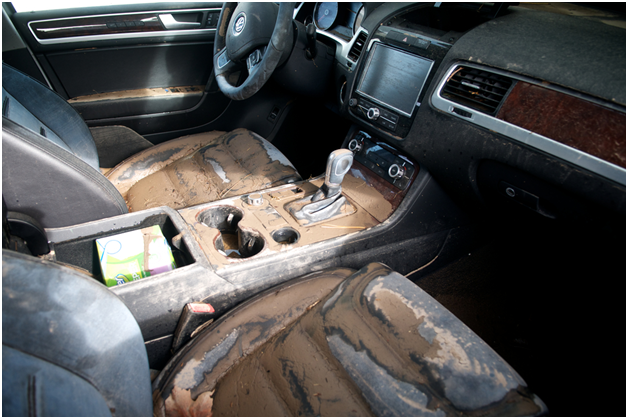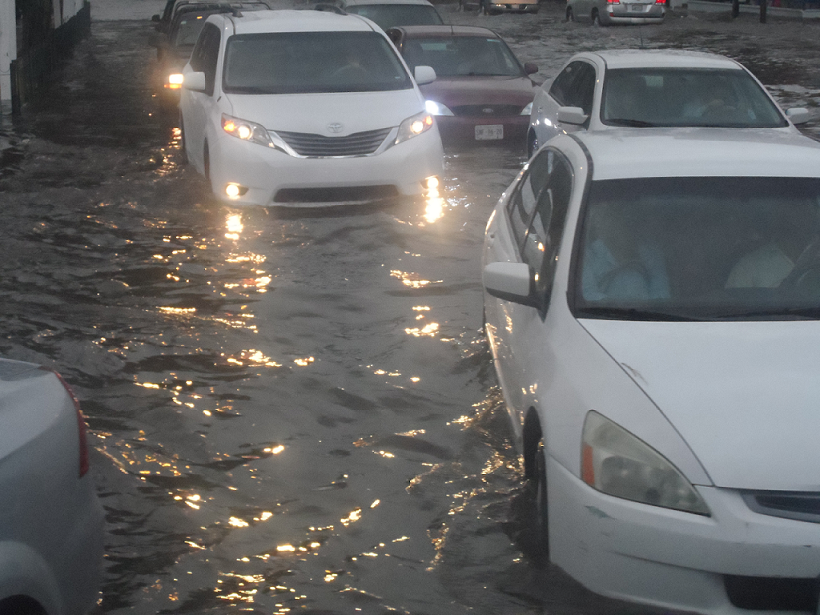Flooded Car? Here Are The Things You Should Do if Your Car Gets Caught in A Flood
By Andrea Nicole
Posted on Nov 27, 2020
 Source: Pixabay
Source: Pixabay
From Quinta to Ulysses, several parts of our country experienced flooding and there are many trending posts on social media about making their vehicles float to avoid flooded car damage. But, what if you haven’t thought of that trick and your car was submerged in the flood? What are the things that you should do?
Don’t worry! This article will help you sort things out in case your vehicle was one of the victims of recent flooding.
Don’t start the engine of a flooded car
After the flood subsides, I’m pretty sure that you would hurry to your car and check if it’s still working. However, that would be a very wrong move! It is imperative that you don’t start your car right away if it was flooded. Water poses a great problem in your electrical system as it can result in a short-circuit. Aside from that, the water can also enter your engine and other crucial parts, which can damage your vehicle even further.
Disconnect the battery
When you know that your car got flooded, your first intuition is to check the engine. However, before doing that, you must disconnect the battery for your safety. The reason why you should unclamp the battery before scrutinizing your vehicle is that you might get electrocuted if it’s still there. That will become another major problem, so remove your battery first before proceeding with your investigation of the machinery. After all, it’s better to be safe than sorry.
Open the windows
Once you have successfully disconnected the battery, the next thing that you should do is to open the windows of your flooded car. You should do this step to avoid any dank smell. We all know that the interior of the car is so much harder to clean than the exterior.
If there is already a smell build-up on the inside, then you might have to spend so much on changing or overhauling the interior. It’s better to avoid that costly option, so roll out your windows, take out all the removable mat, carpeting, and seat cover, and let the insides of your car dry out.
Check the level of immersion
 Source: Wikimedia Commons
Source: Wikimedia Commons
How deep was your car submerged in the flood? You can easily spot the level of immersion by checking out any marks. If the flood water went above your tires, then you should not try to fix your car by yourself. Get your car towed and have it brought to the nearest professional in your local place.
Check your fluid reservoirs
If it didn’t go above your tires, then the next thing that you should do is to check your fluid reservoirs. You must do this to know if there is any water that made its way inside. Inspect the fluids in your break, clutch, coolant, and power steering reservoirs and make sure that they are not watery. But if water made its way in, you should completely replace all the fluids.
Check the air filter
The best way to inspect if the water made its way to the engine of your car is by checking the air filter. If your oil filter is wet, then that means that the water has already steeped in and you should have your engine flushes. If that’s the case, then you should have your car towed to the nearest automotive service.
Stay Calm and Don’t Panic
The best thing that you can do in case you are dealing with a flooded car is to stay calm. It is highly discouraged to panic as it can cloud your judgments and decisions. Panicking will do no good- it might make you forget that you have to unclamp the battery or that you shouldn’t start the engine: that way you are only risking your life and contributing to further damages in your vehicle. Just stay calm, assess the situation, and keep the things written in this article in mind!

